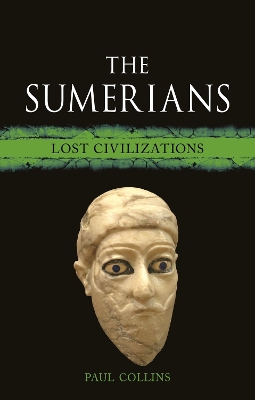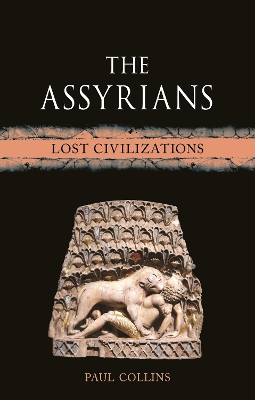Lost Civilizations
2 total works
The Sumerians are widely believed to have created the world's earliest civilization on the fertile floodplains of southern Iraq from about 3500 to 2000 BC. They have been credited with the invention of nothing less than cities, writing and the wheel, and therefore hold an ancient mirror to our own urban, literate world. But is this picture correct? Paul Collins reveals how the idea of a Sumerian people was assembled from the archaeological and textual evidence uncovered in Iraq and Syria over the last 150 years. Reconstructed through the biases of those who unearthed them, the Sumerians were never simply lost and found, but reinvented a number of times, both in antiquity and in the more recent past.
At the height of its power around 660 BC, the Assyrian empire, centred in northern Iraq, wielded dominance from Egypt to Iran. This vast region was ruled by a series of kings who showcased their power by constructing magnificent palaces adorned with superlative sculptures depicting royal rituals, battles and hunts. Established by military might, the empire thrived under administrators who relocated tens of thousands of people to serve the state, and scholars who interpreted divine will. This book relates the history of Assyria through the lens of its royal family and the officials who commissioned its superb buildings, art and literature, and laid the foundations for the later empires of Babylon and Persia.

